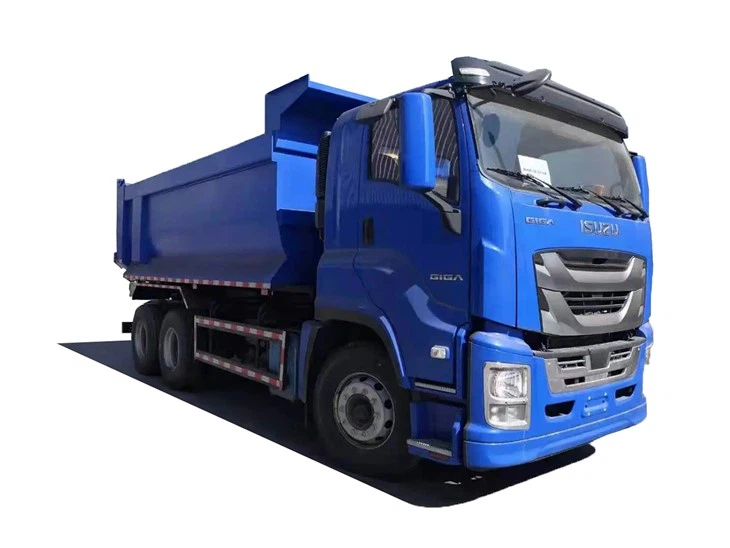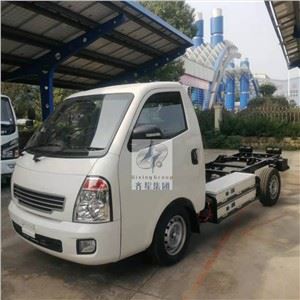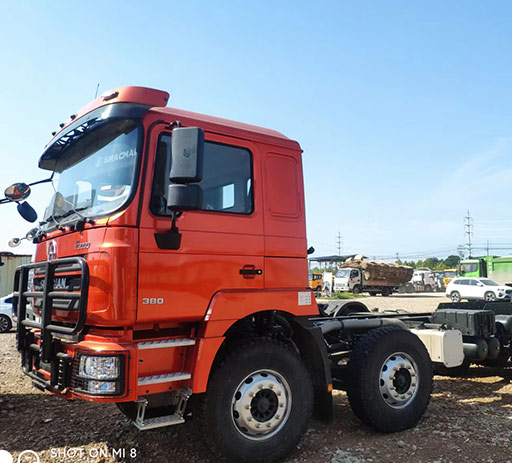Cascade Garbage Cans: An In-Depth Guide to Efficient Waste Management

As our world becomes more environmentally conscious, effective waste management has emerged as a crucial topic of discussion. One method that has gained traction in residential, commercial, and municipal waste solutions is cascade garbage cans. This article will explore what cascade garbage cans are, their benefits, types, how to implement them in your waste management strategies, and much more.
What Are Cascade Garbage Cans?
Cascade garbage cans are a unique waste management solution designed to handle various types of waste in a systematic manner. These containers often employ a tiered system, allowing for easy separation and disposal of recyclables, compostables, and general waste. The design is particularly beneficial for optimizing space and promoting sustainable practices among users.
The Design of Cascade Garbage Cans
The intricate design of cascade garbage cans typically features a series of interconnected bins. Each bin is designated for a specific type of waste. Materials used for these cans can vary from durable plastics to metal, ensuring longevity and resistance to wear and tear.
Key Components
- Tiered Structure: Allows users to access different bins without hassle.
- Clear Signage: Labels that inform users about which waste goes where.
- Durable Materials: Made from robust materials to withstand the elements and wear from frequent use.
Benefits of Using Cascade Garbage Cans
The adoption of cascade garbage cans comes with numerous advantages that make them a preferred choice for various waste management needs.
1. Enhanced Waste Segregation
One of the significant benefits of cascade garbage cans is their ability to enhance waste segregation. By providing separate compartments for different waste types, these cans simplify the recycling process.
2. Space Efficiency
Cascade garbage cans are designed to maximize vertical space while minimizing the footprint. This makes them ideal for urban areas where space is limited.
3. Improved Aesthetics
With their modern design, cascade garbage cans can improve the visual appeal of public and private spaces. Available in various colors and styles, they can blend seamlessly into parks, office spaces, and homes.
4. Behavioral Encouragement
The clear division of waste types encourages proper disposal behaviors. When people see easily accessible options, they are more likely to recycle and dispose of their waste responsibly.
Types of Cascade Garbage Cans
Cascade garbage cans come in various types, each catering to different waste management needs. Understanding these types can help you choose the right solution for your environment.
1. Residential Cascade Cans
These cans are commonly used in homes to separate recyclables, compost, and general waste. They are often designed to fit into garages or outdoor spaces.
2. Commercial Cascade Cans
Businesses often utilize larger, sturdier versions of cascade garbage cans that can accommodate higher volumes of waste. These include options for secure storage of sensitive materials.
3. Public Space Cascade Cans
In parks, public squares, and streets, cascade garbage cans play a vital role in promoting cleanliness. They are usually designed to be vandal-proof and weather-resistant.

Implementing Cascade Garbage Cans
Implementing cascade garbage cans in your waste management strategy can greatly improve local recycling rates and reduce litter. Here’s how to implement them effectively:
1. Assess Your Needs
Understand the types and volumes of waste generated in your space. This assessment will help you determine the number of bins needed and what capacities should be considered.
2. Choose the Right Type
Select the right cascade garbage can based on your assessment. For high-traffic areas, opt for robust options that can withstand daily wear.
3. Provide Clear Signage
Invest in clear and concise labeling for each bin. Include images for better understanding and to accommodate non-readers and visitors.
Practical Examples of Cascade Garbage Cans
Case Study 1: A Local Park
A city park implemented cascade garbage cans to promote responsible waste disposal. The park installed three-tiered units with separate compartments for compost, recyclables, and general waste. Within months, the park reported a 40% increase in recycling rates.
Case Study 2: Office Spaces
A corporate office adopted cascade garbage cans across their premises. By placing bins in key locations and regularly emptying them, the office noted a significant decline in litter and a noticeable improvement in employee engagement surrounding sustainability.
Maintenance of Cascade Garbage Cans
To ensure the longevity and usability of cascade garbage cans, regular maintenance is essential. Here are some practical tips:
1. Regular Emptying
Ensure that the bins are emptied regularly to prevent overflow and unpleasant odors. Create a schedule depending on the location’s traffic.
2. Cleaning
Cascade garbage cans should be cleaned periodically to maintain hygiene. A simple mix of soap and water can work wonders.
3. Repair and Replace
Inspect the cans for damages and repair or replace them as needed. Check for rust, cracks, or any signs of wear that may affect usability.
Common Challenges and Solutions
While cascade garbage cans offer multiple benefits, you may face challenges during implementation. Here are some common issues along with potential solutions:
1. Contamination of Recyclables
People may place unwanted items in the recycling bins. To combat this, increase educational outreach on what is recyclable.
2. Vandalism
Public spaces may encounter vandalism which can damage the bins. Select vandal-proof designs and consider surveillance in high-risk areas.

Comparing Cascade Garbage Cans with Traditional Garbage Cans
| Feature | Cascade Garbage Cans | Traditional Garbage Cans |
|---|---|---|
| Waste Separation | Yes, multiple compartments | No, single compartment |
| Space Utilization | More efficient | Less efficient |
| Visual Appeal | Modern and stylish | Basic and functional |
| Ease of Use | Promotes responsible disposal | Might lead to improper disposal |
Frequently Asked Questions (FAQ)
1. What materials are cascade garbage cans made from?
Cascade garbage cans are typically made from durable plastics or metals, allowing for long-term outdoor use.
2. How do I maintain cascade garbage cans?
Regularly empty, clean, and inspect the cans for damages. Schedule maintenance to ensure they are usable and hygienic.
3. Can cascade garbage cans be used in homes?
Absolutely! They are perfect for homes, allowing families to separate waste easily while promoting recycling.
4. Are cascade garbage cans environmentally friendly?
Yes, they encourage proper waste segregation, reduce landfill contributions, and promote recycling efforts, making them an eco-friendly option.
5. How often should cascade garbage cans be emptied?

This depends on traffic levels. High-traffic areas may need daily emptying, while lower traffic zones may require weekly attention.
6. Do cascade garbage cans require special installation?
Most models are plug-and-play, needing no special installation. However, some larger units may require anchoring in place.
